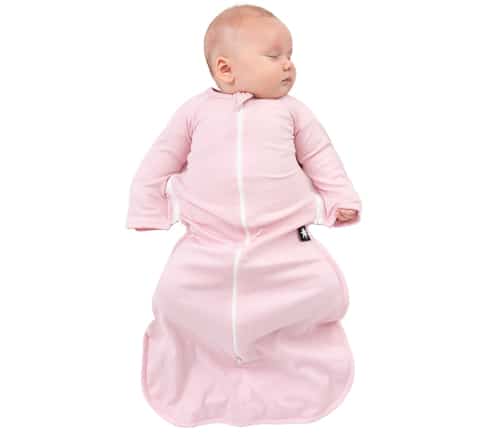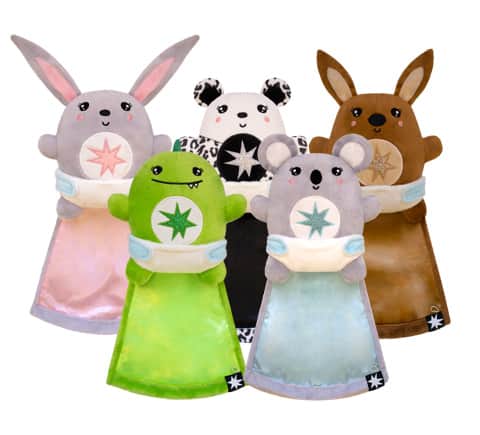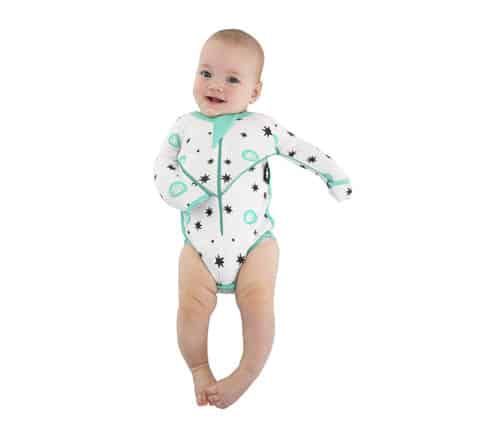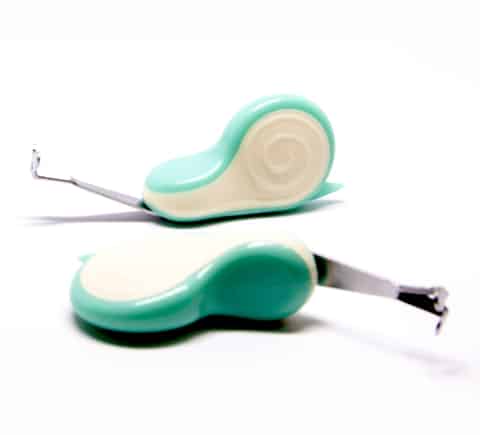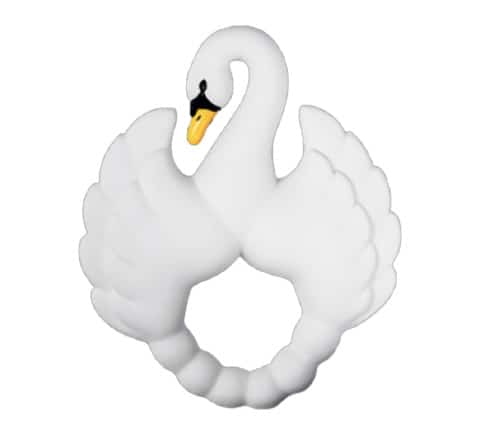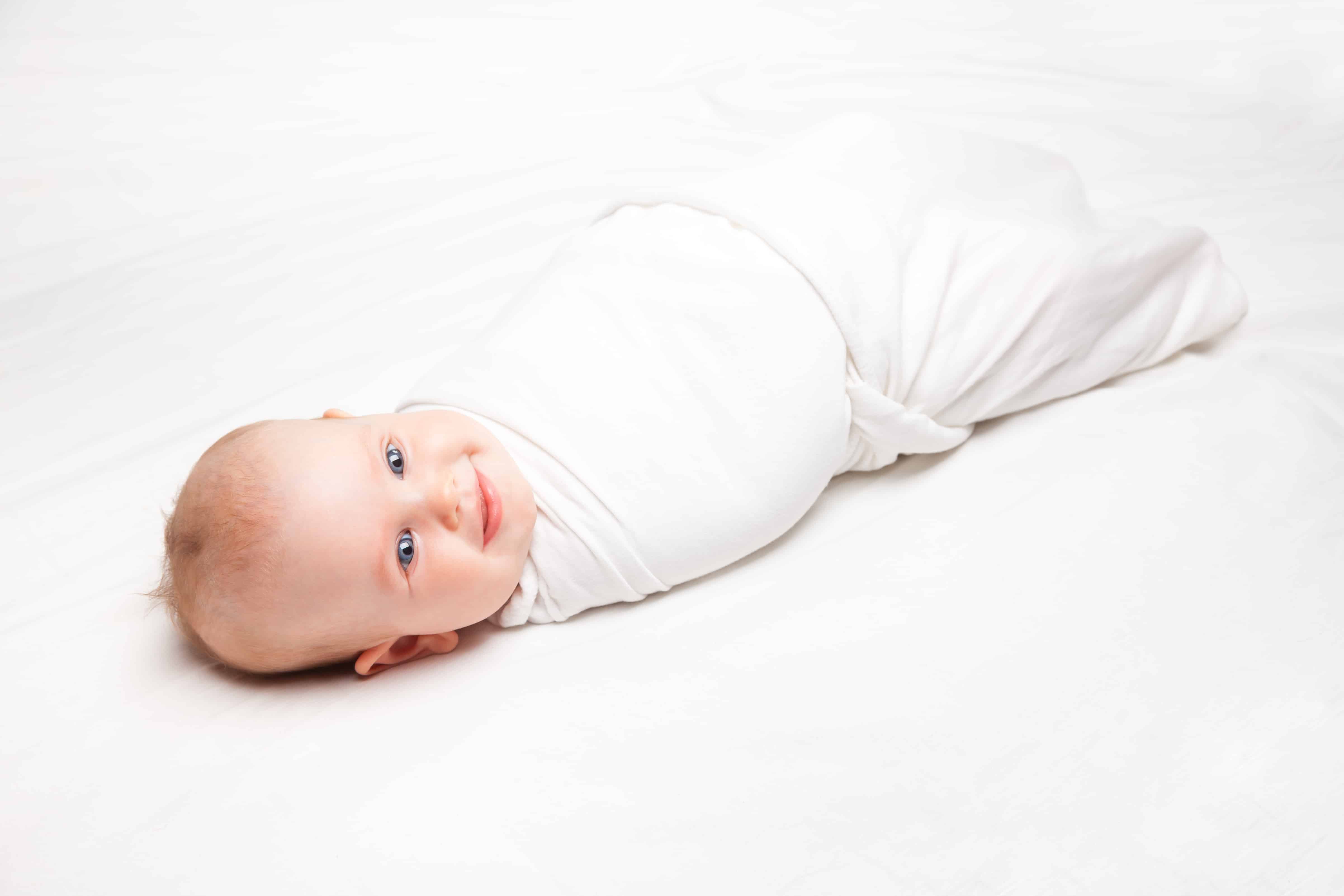You never forget the day you bring your firstborn home from the hospital. The excitement and fear, knowing you are solely responsible for keeping your precious baby not only alive, but also healthy & happy. You can read all the books in the world, but nothing truly prepares you for those first few weeks.
I remember one evening that scared me to the core. Never had I been more thankful to hear my newborn’s cry. I woke around the usual time I would breastfeed. Switching on the nightlight, I looked into the bassinet. My daughter was perfectly still & I could not see the usual rise & fall of her chest. I reached out my hand to touch her face – it was cold. OMG! I quickly pulled her from her bed. She let out a startled cry & I breathed a massive sigh of relief (and kicked myself for waking a sleeping baby!)
After this experience, my mind could not help but go to those parents who tragically do not have the same outcome as I did. Devastatingly, 3,500 families in Australia alone, experience the sudden and unexpected death of a baby through stillbirth, Sudden Infant Death Syndrome (SIDS) or other fatal sleeping accidents. To think, you spend all this time looking after your babies, yet even when you place them down to sleep at night, they are at risk of SIDS (also known as crib or cot death).
What Causes SIDS?
Although leading pediatricians still do not know exactly what causes SIDS in some babies, they do believe the following are the most common reasons:
- Brain stem abnormalities that prevent babies from waking up when they experience oxygen deprivation,
- Sleeping on extremely soft surfaces,
- Having a mother who smoked during pregnancy
- Sleeping on the stomach or side.
How to Stop SIDS and Suffocation?
Between 1985 & 2006, SIDS & Kids Australia launched a public health campaign to raise awareness of the risk factors that contribute towards SIDS. This campaign dramatically helped reduce the deaths from SIDS by 85%. This is proof that the following guidelines are crucial to helping your baby sleep safely:
- Sleep baby on the back from birth, not on the tummy or side
- Sleep baby with head and face uncovered
- Keep baby smoke free before birth and after
- Provide a safe sleeping environment night and day
- Sleep baby in their own safe sleeping place in the same room as an adult caregiver for the first six to twelve months
- Breastfeed baby if you can
Unfortunately, even if you follow all the guidelines, this does not guarantee the prevention of SIDS, however doing everything you can to keep your baby’s sleep environment safe will definitely help.
Correct Swaddling Encourages Sleep
Swaddling is the ancient practice of wrapping your baby in a blanket to help keep him secure; preventing him from being woken by his own startle reflex, as well as calm him down if he is crying. Swaddling may have many advantages including: longer sleep for both babies and parents, less crying and less scratching. A correctly swaddled baby on his back for sleep time is a safe baby.
If you find it too difficult to swaddle your baby, or find that he keeps breaking out of the wrap, we highly recommend the Sleepy Bub Sleep Suit. These swaddles can also slowly transition your baby to sleeping with arms-free when he starts showing the first signs of rolling.
Some babies initially struggle against the swaddle and it’s easy for a parent to assume their baby does not like it. However, your baby has come from a very warm and secure environment in the womb. Swaddling works for most babies, but it may not work for all. If your baby becomes more distressed when swaddled, then discontinue swaddling. Please refer to the SIDS & Kids website for safe swaddling guidelines.
Advantages of Correct Swaddling:
- Swaddling may help babies sleep better on their backs and this reduces the temptation for parents to place them on their stomach.
- Swaddling your baby may mean you are less likely to fall asleep with them on a dangerous surface due to exhaustion and accidentally roll over on them and crush them.
- Swaddling may prevent babies from rolling into a dangerous position such as into a pillow, onto their stomach or against a wall.
Correct swaddling (in conjunction with SIDS & Kids safe sleeping guidelines), can result in happier babies, not to mention less exhausted mums and dads.
There’s no guaranteed way to prevent SIDS, but you can greatly reduce the risk by following the SIDS and Kids safe sleeping recommendations. In fact, following these recommendations will reduce your baby’s risk of all kinds of sleep-related death, including suffocation. Try not to keep yourself awake at night worrying as the risk of SIDS is actually very small for the average baby and getting smaller — especially thanks to the SIDS & Kids Australia public health campaign to raise awareness of the risk factors that contribute towards SIDS.
